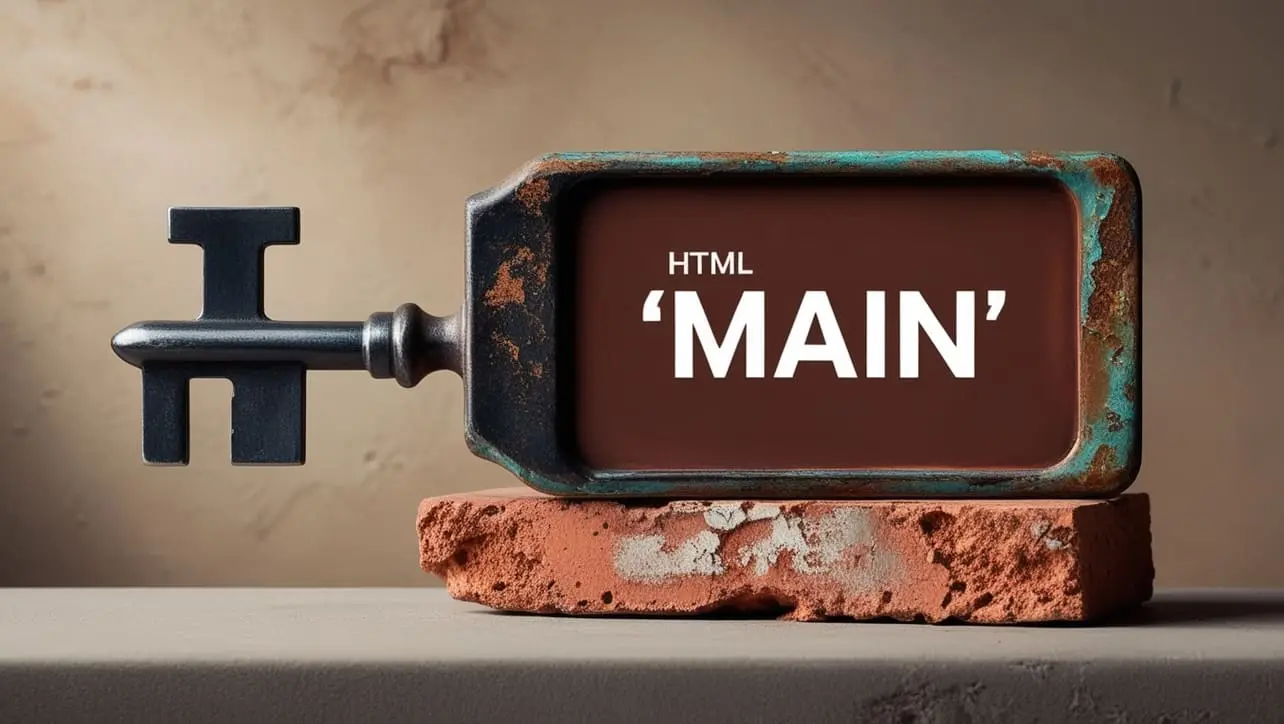
HTML Topics
- HTML Intro
- HTML Basic
- HTML Editors
- HTML CSS
- HTML Tags
- <!--...-->
- <!DOCTYPE>
- <a>
- <abbr>
- <address>
- <area>
- <article>
- <aside>
- <audio>
- <b>
- <base>
- <bdi>
- <bdo>
- <bgsound>
- <blink>
- <blockquote>
- <body>
- <br>
- <button>
- <canvas>
- <caption>
- <cite>
- <code>
- <col>
- <colgroup>
- <data>
- <datalist>
- <dd>
- <del>
- <details>
- <dfn>
- <dialog>
- <div>
- <dl>
- <dt>
- <em>
- <embed>
- <fieldset>
- <figcaption>
- <figure>
- <footer>
- <form>
- <h1> to <h6>
- <head>
- <header>
- <hgroup>
- <hr>
- <html>
- <i>
- <iframe>
- <img>
- <input>
- <ins>
- <kbd>
- <label>
- <legend>
- <li>
- <link>
- <main>
- <map>
- <mark>
- <menu>
- <meta>
- <meter>
- <nav>
- <noscript>
- <object>
- <ol>
- <optgroup>
- <option>
- <output>
- <p>
- <param>
- <picture>
- <pre>
- <progress>
- <q>
- <rp>
- <rt>
- <ruby>
- <s>
- <samp>
- <script>
- <search>
- <section>
- <select>
- <small>
- <source>
- <span>
- <strong>
- <style>
- <sub>
- <summary>
- <sup>
- <svg>
- <table>
- <tbody>
- <td>
- <template>
- <textarea>
- <tfoot>
- <th>
- <thead>
- <time>
- <title>
- <tr>
- <track>
- <u>
- <ul>
- <var>
- <video>
- <wbr>
- HTML Deprecated Tags
- HTML Events
- HTML Event Attributes
- HTML Global Attributes
- HTML Attributes
- HTML Comments
- HTML Entity
- HTML Head
- HTML Form
- HTML IndexedDB
- HTML Drag & Drop
- HTML Geolocation
- HTML Canvas
- HTML Status Code
- HTML Language Code
- HTML Country Code
- HTML Charset
- MIME Types
HTML main Tag

Photo Credit to CodeToFun
🙋 Introduction
In the ever-evolving landscape of web development, the <main> tag plays a crucial role in structuring HTML documents.
This comprehensive guide will take you through the essentials of the HTML <main> tag and how to leverage its potential for creating well-organized and accessible web pages.
🤔 What is <main> Tag?
The <main> tag is a semantic HTML5 element designed to encapsulate the primary content of a document, excluding headers, footers, and sidebars. It represents the central topic or application functionality, making it an invaluable tool for creating semantically meaningful web pages.
💡 Syntax
Implementing the <main> tag is straightforward. Simply wrap the main content of your page within the opening <main> and closing </main> tags.
<main>
<!-- Your main content goes here -->
</main>🧰 Attributes
The <main> tag typically does not have specific attributes, but it inherits global attributes available to most HTML elements. These attributes can be used for styling or to provide additional information about the content.
<main id="main-content" class="primary-content">
<!-- Your main content goes here -->
</main>📚 Common Use Cases
Centralizing Primary Content:
The primary purpose of the
<main>tag is to centralize and identify the main content of a web page.centralizing-primary-content.htmlCopied<main> <h1>Welcome to Our Website</h1> <p>Explore our latest products and services.</p> <!-- Additional content goes here --> </main>Enhancing Accessibility:
By using the
<main>tag, you contribute to creating more accessible web pages. Screen readers and other assistive technologies can use this tag to identify and navigate to the main content efficiently.
🖥️ Browser Support
Understanding the compatibility of the <main> tag across different browsers is essential for delivering a consistent user experience. Here's an overview of its support:
- Google Chrome: Fully supported.
- Mozilla Firefox: Fully supported.
- Microsoft Edge: Fully supported.
- Safari: Fully supported.
- Opera: Fully supported.
- Internet Explorer: Fully supported.
🏆 Best Practices
- Single <main> Tag: A document should ideally have a single
<main>tag to encapsulate the primary content. Avoid nesting<main>tags within each other. - Semantically Relevant: Use the
<main>tag for the content that is central to the purpose of the page. Avoid placing boilerplate content, such as navigation menus, inside the<main>tag. - Accessible Design: Ensure that your main content is structured in a way that enhances accessibility. Use proper heading levels (<h1>, <h2>, etc.) to create a logical outline.
🎉 Conclusion
Embracing the <main> tag empowers web developers to create well-structured and accessible content. By centralizing the main content of a page, you contribute to a more meaningful user experience, benefiting both your audience and the broader web community.
👨💻 Join our Community:
Author

For over eight years, I worked as a full-stack web developer. Now, I have chosen my profession as a full-time blogger at codetofun.com.
Buy me a coffee to make codetofun.com free for everyone.
Buy me a Coffee












If you have any doubts regarding this article (HTML main Tag), please comment here. I will help you immediately.